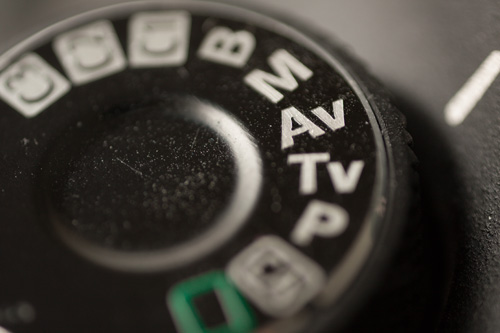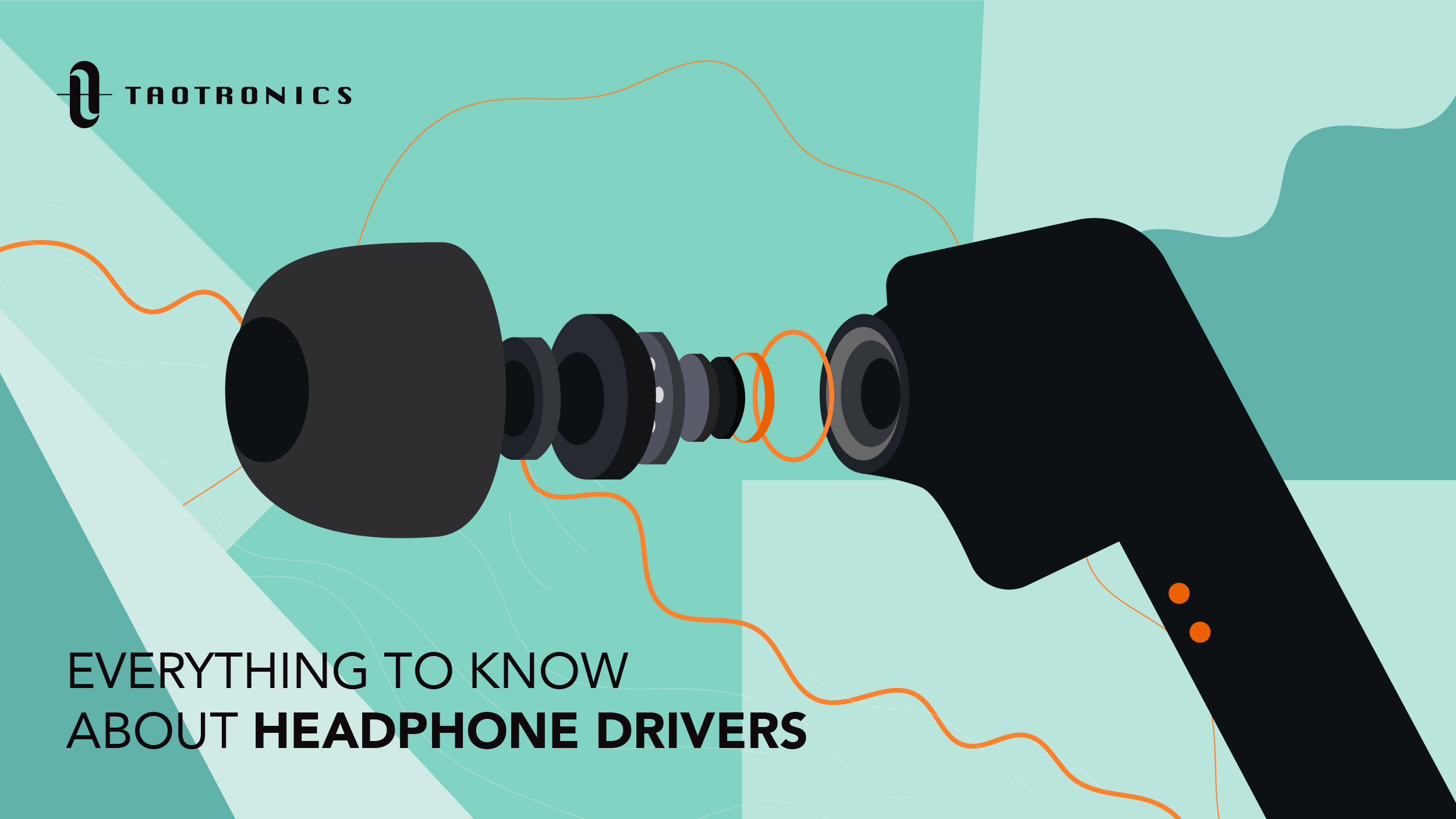Mastering Photography: Understanding The Av Mode on Your Camera
Introduction
If you're looking into mastering photography, one of the first things you need to understand is the AV mode on your Camera. This mode is crucial in taking high-quality photographs and is very versatile, applicable to a variety of photographic situations. This article will delve into the essence of AV mode - its meaning, importance, and how to use it effectively. It will compare AV mode with other camera modes and guide you through some common mistakes made while using AV mode. So, whether you're a novice or an expert, there's something for you here.
What Does AV Mean on a Camera?
The term AV appearing on your camera represents "Aperture Value" or also commonly known as "Aperture Priority." To grasp the role it plays in photography, let's break it down:
1. Aperture: Predominantly, the aperture is a hole within the camera lens, directly influencing the quantity of light that reaches your camera’s image sensor. The aperture size can be adjusted manually, leading to larger/smaller openings.
2. Priority: When you set your camera in the AV mode, it denotes that you're prioritizing aperture above other settings. Essentially, you're granted the authority to control the aperture, while the camera automatically sets the most suitable shutter speed to result in a well-exposed image.
In simpler terms, by choosing the AV mode, you can balance between absolute manual control and letting the camera handle some facets independently. This balance contributes to the popularity of the AV mode among photographers, irrespective of skill levels.
3. AV vs Manual Mode: Unlike Manual mode, where you have the responsibility of adjusting both the aperture and shutter speed, AV mode relieves you of the burden of setting the shutter speed, providing a seamless shooting experience.
Thus, AV mode is your tool for meticulous photographic control while not totally overlooking the camera’s intelligence.
Why Is The AV Mode Important in Photography?
The AV mode is a vital component in photography that impacts photo quality in several ways:
Effects of Utilizing AV Mode in Images
- Depth of Focus Control: The AV mode on your camera primarily modifies the depth of field in your photos. This means you can manipulate the amount of sharp focus in the image, from only your subject to everything in your frame.
- Varying Visual Impacts: By adjusting the aperture, AV mode allows you to highlight your subject against a blurred background or capture all elements sharply, from foreground to background.
- Enhanced Light Management: AV mode is particularly helpful in managing low light situations. Larger apertures, which can be set in AV mode, allow more light to reach the camera sensor, improving image exposure and detail.
Instances to Employ AV Mode
You should consider using the AV mode in several situations:
- Isolation Effects: If you're aiming to isolate the subject from the background, such as in portraits or macro photography, AV mode is your go-to.
- Comprehensive Clarity: When you desire an image where everything is in focus, like in landscape or group photos, AV mode can help you achieve this effect with the right aperture settings.
- Low Light Conditions: In situations where light is limited, choosing a wide aperture in AV mode can aid in obtaining a well-exposed and clear photograph.
How to Use the AV Mode for Enhanced Photography
Configuring Your Camera with AV Mode
Taking your photography to the next level involves understanding and effectively utilizing the AV mode. Setting up this mode on your camera is simple. Turn your camera's mode dial to 'AV' or 'A', depending on your camera model, then adjust your preferred aperture using command dial. Your camera will automatically coordinate the shutter speed based on the lighting conditions and ISO settings.
Handy Tips for Superior Photography using AV Mode
Below are some practical tips to get the most out of this fantastic mode:
1. Understand Depth of Field: Operating AV mode primarily impacts your photo's depth of field. Using a wide aperture generates a shallow depth of field, ideal for portraits or macro photography. Selecting a smaller aperture results in a broader depth of field, making your entire image sharp and clear, perfect for landscape or group images.
2. Low light situations: AV mode is invaluable for low-light settings. It's easy to increase the aperture to allow more light onto your camera sensor.
3. Practice Makes Perfect: Try varied aperture settings. Notice how they affect your image, and learn what works best for different settings.
Comparing AV Mode Vs Other Camera Modes
This section explores the variations between AV mode, TV mode, and Auto mode, thereby providing you with comprehensive insights into each one's nuanced functionality.
AV Mode Vs. TV Mode: Identifying the Differences
At its core, the distinction between AV (Aperture Value) mode and TV (Time Value or Shutter Priority) mode is the parameter of the camera that the photographer decides to control:
• AV Mode: Here, the photographer makes the choice to manually adjust the aperture – the size of the lens opening. Once set by the photographer, the camera takes over to set the shutter speed to achieve the optimal exposure. This mode proves ideal when depth of field becomes your primary concern.
• TV Mode: In contrast, in TV mode, the user sets the shutter speed - the duration for which the sensor is exposed to light. The aperture is then automatically set by the camera. This mode is typically utilized when capturing action or moving subjects, where the speed of capture is paramount.
Confronting AV Mode and Auto Mode: Which is Superior?
Auto and AV modes offer different advantages, depending on the shooting scenario and the photographer's expertise:
• Auto Mode: As the name suggests, the camera is entirely in control of both aperture and shutter speed. This mode is perfect for beginners, casual photography, or situations where speed is essential.
• AV Mode: On the other hand, AV mode provides the opportunity to hand over part control to the camera while allowing the user to specify the depth of field. It requires more understanding of photography but offers greater creative control.
Thus, neither mode is 'better' than the other—it entirely depends on the situation and the photographer's skill level.

Common Mistakes While Using AV Mode and How to Avoid Them
Using the AV mode on your camera can greatly enhance the quality of your photos, but it can also be easy to make mistakes if you aren't familiar with how it works. Here's a list of common pitfalls and how best to avoid them:
1. Improper Aperture Setting: It's easy to mistakenly set an incorrect aperture for the desired depth of field. To avoid this, remember a lower f-number results in a shallow depth of field (perfect for portraits) and a higher f-number leads to a larger depth of field (ideal for landscape shots).
2. Inappropriate Shutter Speed: Despite the camera setting the shutter speed in AV mode, it's important to always check it. Be aware slower shutter speeds can blur movement in shots. If you find your photo blurred due to movement, consider increasing the ISO or choose a wider aperture.
3. Overlooking the ISO: Many photographers forget to adjust the ISO while focusing only on the aperture, which can result in images being too bright or too dark. Adjust ISO according to the light availability and remember - a higher ISO increases sensitivity to light resulting in a brighter image, but can also lead to increased noise.
4. Misaligned Focus: If the camera's autofocus isn’t locked onto the correct part of the scene, your intended subject might end up blurred. To circumvent this, utilize manual focus or employ autofocus lock features.
Keeping these points in mind while shooting in AV mode will help you avoid common mistakes and capture stunning photos.

Conclusion
Setting up AV mode on your camera is easy. Turn your camera's shooting mode dial to 'AV' or 'A', depending on the camera make. Once in this mode, you can use the command dial to select your desired aperture. The camera will then automatically select the shutter speed for a correct exposure based on the ambient lighting and ISO settings.
Related FAQs about what does av mean on a camera
What is the difference between AV mode and Manual mode?
The key difference between AV and Manual mode lies in the control over the camera settings. In AV mode, you manually adjust the aperture, whereas the camera sets the appropriate shutter speed. Conversely, Manual mode gives you complete control to adjust both the aperture and shutter speed according to your preference.
Can all cameras use AV mode?
No, not all cameras can use AV mode. Typically, AV mode is found in DSLR and mirrorless cameras. It may not be available in basic point-and-click or smartphone cameras. Always refer to your camera's user manual for specific features.
Why should beginner photographers learn about AV mode?
Learning about AV mode is crucial for beginners as it provides a stepping stone into understanding manual controls. AV mode allows photographers to manipulate depth of field, making it instrumental in creating professional looks for portraits, landscapes, and more.







